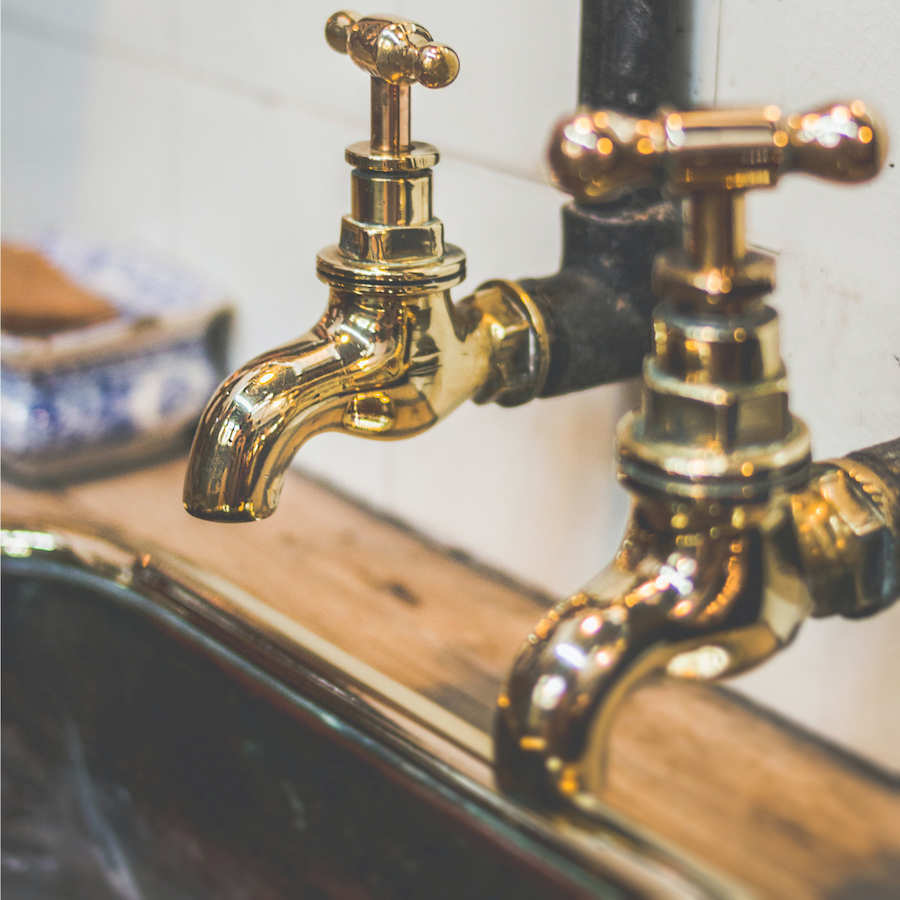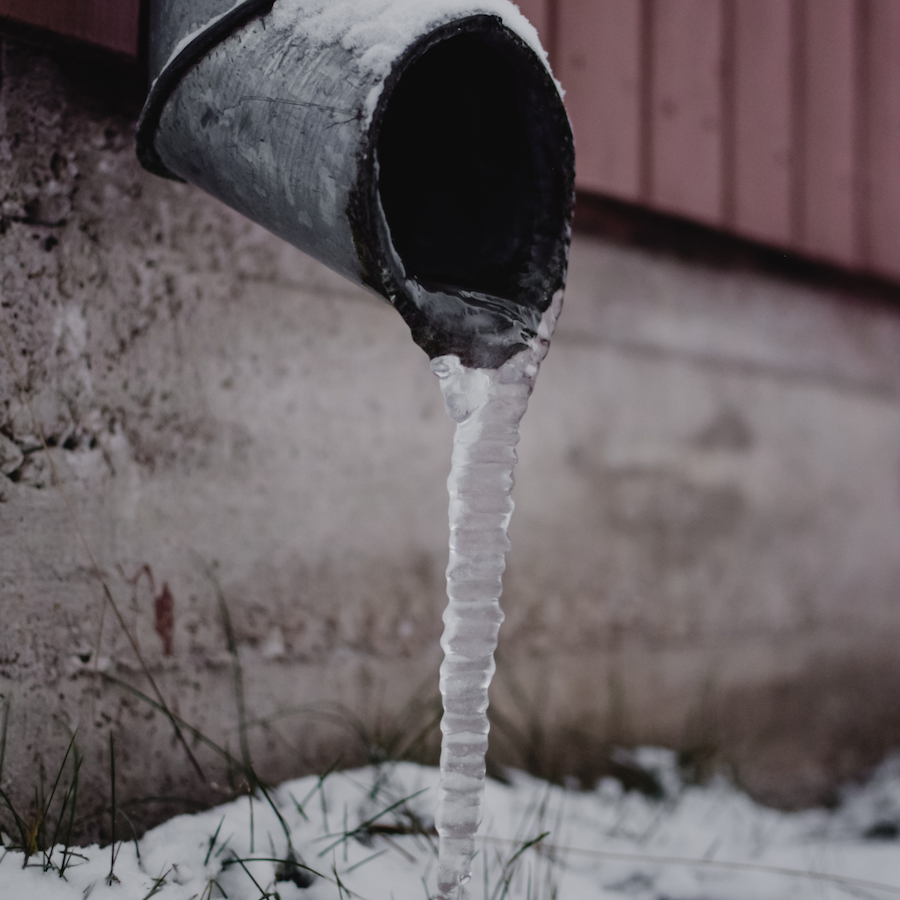Protect Your Property from Burst Pipe Damage
Save Your Pipes, Toilets, & Water Heater
Learning how to winterize plumbing can help you care for your property when it is not in use and save you from high repair costs. If your cabin was constructed with the weather in mind, your water pipes should be within your exterior walls.
Great insulation between pipes and the exterior wall is the best preventative measure you can take to keep your pipes from freezing. However, not every cabin has been built with consideration for your area’s climate. Let’s take a look at how to winterize your cabin pipes to avoid any damage.
When to Winterize Your Plumbing
A cabin’s plumbing needs to be winterized before you leave it for the season. For some, this may be as early as late August, for others it is further into the fall months. You can also wait until the beginning of winter to winterize, so long as it is done before the temperature is consistently near or below freezing. This will ensure that no water is left in your pipes to cause damage.
What You’ll Need
- Highly rated insulation
- Wrench
- Pliers

How to Winterize Plumbing
In most cases, you will not need a lot of materials to winterize your cabin. If your outdoor pipes are not already covered in insulation, you will want to get highly rated insulation to keep your pipes above freezing. You may need a wrench or pair of pliers to turn the valves in your cabin, but many may be loose enough to turn by hand.
Pipes
Experts say that the best way to keep your cabin pipes from freezing is to keep the interior of your cabin above freezing. You may want to purchase a space heater to run in the main part of the cabin to keep the interior just above freezing. Smart space heaters that have an app connection may be best so you can control the temperature from anywhere.
The first step in winterizing your cabin’s plumbing is to shut off the water intake. Most cabins should have a valve attached directly to the pipe that supplies the water to the house. You will want to make sure you have insulation around the intake pipes both inside and outside of your cabin as these pipes will not drain completely.
Next, open the highest valve or faucet in the house to unseal the vacuum caused by the plumbing system and open and drain every other faucet and valve both in and around your cabin. You can leave them open so that they can drain completely. You will want to make sure that every source of water is drained completely before you leave for the winter.
Toilets
To prepare your toilets for winter you will need to turn off the water supply going into each of your toilet’s tanks. A few flushes should drain the majority of the toilet water, preparing it for colder temperatures.
Water Heaters
It is a good idea to keep the water heater running if your cabin has electricity through the winter. (You can turn the water heater’s temperature down to the lowest setting to save energy.) Close the inlet and outlet valves on the water heater to keep water out of the pipes.

